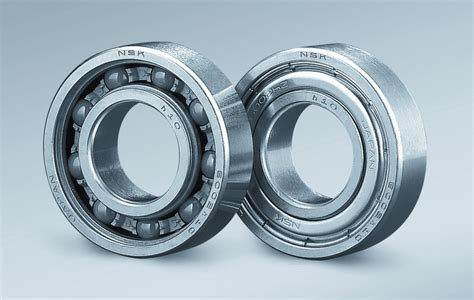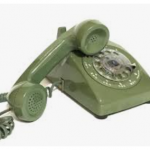The hardness of the composites plays an important role in improving wear resistance and load-carrying capacity for a great many surfaces. Harder coatings have lower coefficients of friction, which decreases friction when loaded.
Another important benefit of nickel composite coatings is the fact that they are less susceptible to corrosion. In contrast, other types of nanoparticles do not corrode. The metal in a nickel composite coating is resistant to corrosion, which makes it suitable for a range of applications. They are also suitable for a wide variety of applications, including aerospace, automotive, and small engines. The alloys are used for two-stroke reciprocating engines and pistons.

As a result of these properties, nickel is a versatile and durable material for a range of applications. The hardness of the composite coatings determines the corrosion resistance of alloys. Higher-hardness alloys can withstand high temperatures. The hardness of metal-coated components will withstand more pressure. Further, it will also last longer. However, the increased wear and tear of the material will also have a positive impact on its cost. To find out more about nickel composites, visit a site like Poetons
The durability of nickel-coated alloys is another major benefit of a nickel composite coating. These alloys are particularly useful for the aerospace industry. These alloys are very reliable and corrosion-resistant. They can withstand higher levels of loading and pressure.
The properties of nickel composite coatings vary from their resistance to various chemicals. In particular, they are corrosion-resistant in dry gases, mercury, and coal gas, as well as many other environments. The alloys have a wide range of benefits, including high fatigue resistance and reduced costs. If nickel-based coatings are used to protect sensitive materials, they are environmentally-friendly and will not harm the environment.

One of the most notable physical and chemical properties of nickel is that it is magnetic. This property is the result of the nickel’s high concentration. While other metals are also magnetic, nickel’s is the highest concentration. Its atomic number is 58.3, making it the fourth most abundant element in nature. It is also a lustrous metal, with a silvery white appearance and cubic crystalline structure.
The use of nickel extends well beyond jewellery. It is used in alloys and other metallic materials. It is also used in batteries, plating, catalysts, coins, and foundry items. This element is also fire-resistant, making it an excellent choice for gas turbines and rocket engines. This makes it a valuable metal for many different applications. And, in addition to being durable, nickel is used for many applications around the world.
The chemical properties of nickel are quite complex. This metal forms numerous compounds that are extremely durable. It is also corrosion-resistant, which makes it well-suited for high-performance applications. Deep-sea mining is one such application, where nickel is used for pipes. Despite the constant threat of corrosion, the alloys formed of nickel are remarkably resistant to the salty seawater that is present in deep-sea mines.


